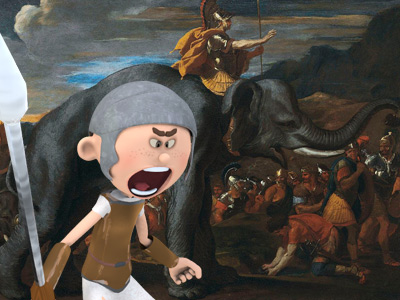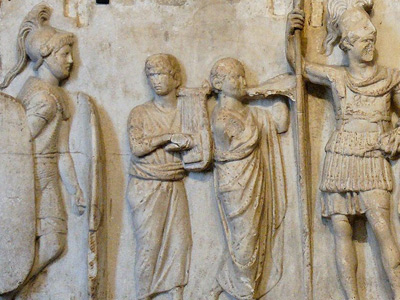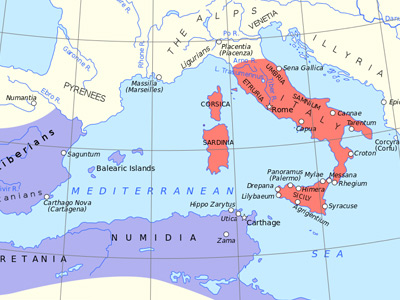First Punic War (264-241 BC)
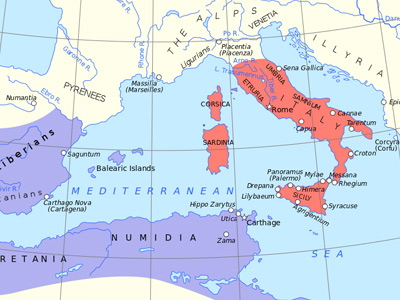
Renewed Roman Offensive
The Romans were able to rally, however, and quickly resumed the offensive. With a new fleet of 140 ships, Rome returned to the strategy of taking the Carthaginian cities in Sicily one by one.
Initial Failure
Attacks began with naval assaults on Lilybaeum, the center of Carthaginian power on Sicily, and a raid on Africa. Both efforts ended in failure. The Romans The Roman Republic was a form of government of Rome and the era of the classical Roman civilization when it was run through public representation of the Roman people. Beginning with the overthrow of the Roman Kingdom (traditionally dated to 509 BC) and ending in 27 BC with the establishment of the Roman Empire, Rome's control rapidly expanded during this period - from the city's immediate surroundings to hegemony over the entire Mediterranean world. retreated from Lilybaeum, and the Roman African force was caught in another storm and destroyed.
The Roman Republic was a form of government of Rome and the era of the classical Roman civilization when it was run through public representation of the Roman people. Beginning with the overthrow of the Roman Kingdom (traditionally dated to 509 BC) and ending in 27 BC with the establishment of the Roman Empire, Rome's control rapidly expanded during this period - from the city's immediate surroundings to hegemony over the entire Mediterranean world. retreated from Lilybaeum, and the Roman African force was caught in another storm and destroyed.
Northern Advance
The Romans, however, made great progress in the north. The city of Thermae was captured in 252 BC, enabling another advance on the port city of Panormus. The Romans attacked this city after taking Kephalodon in 251 BC. After fierce fighting, the Carthaginians were defeated and the city fell. With Panormus captured, much of western inland Sicily fell with it. The cities of letas, Solous, Petra, and Tyndaris agreed to peace with the Romans that same year.
Northwestern Expedition
The next year, the Romans shifted their attention to the northwest. They sent a naval expedition toward Lilybaeum. En route, the Romans seized and burned the Carthaginian hold-out cities of Selinous and Heraclea Minoa. This expedition to Lilybaeum was not successful, but attacking the Carthaginian headquarters demonstrated Roman resolve to take all of Sicily. The Roman fleet was defeated by the Carthaginians at Drepana, forcing the Romans to continue their attacks from land. Roman forces at Lilybaeum were relieved, and Eryx, near Drepana, was seized thus menacing that important city as well.
Following the conclusive naval victory off Drepana in 249 BC, Carthage ruled the seas as Rome was unwilling to finance the construction of yet another expensive fleet. Nevertheless, the Carthaginian faction that opposed the conflict, led by the land-owning aristocrat Hanno the Great, gained power and in 244 BC, considering the war to be over, started the demobilization of the fleet, giving the Romans a chance to again attain naval superiority.
HISTORY
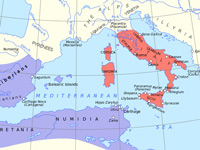
RESOURCES
This article uses material from the Wikipedia article "First Punic War", which is released under the Creative Commons Attribution-Share-Alike License 3.0.
© Stories Preschool. All Rights Reserved.
